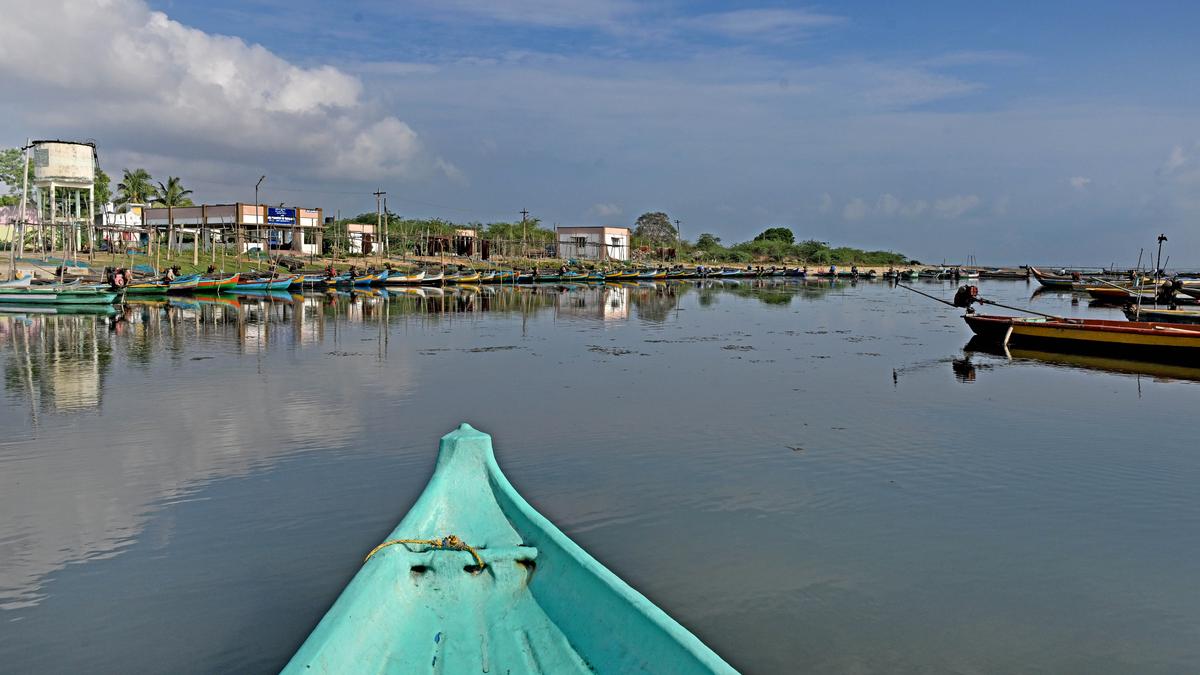
India’s second largest lagoon: a bit of history and a whole lot of birds
The Hindu
Pulicat, a town in Tamil Nadu, is a key launch site for Indian rockets, home to migratory birds and cottage industry.
Pulicat, a small town in Tiruvallur district of Tamil Nadu, sits on the seaward side of the Sriharikota island, the key launch site for Indian rockets. Just 60 kilometres north of Chennai, the Pulicat Lake, India’s second largest lagoon, is in the heart of the town.
During the British colonial era, it became known for its fishing village and health resort. Today, the Pulicat Lake is an ecological hotspot, drawing migratory birds from across the world, especially between October and March every year.
Flamingos are the most iconic residents of the lake, as they flock to the marshland in large numbers. Alongside, one can spot Eurasian curlews, oystercatchers, and bar-tailed godwits that make their annual journey from Europe and Siberia to escape the biting cold of the winter.
Pulicat is also home to a cottage industry that supports the local community. Women in the town craft beautiful products from palmyra leaves, such as jewellery boxes, masala boxes, and pouches. These goods are sold through the Palmyra Leaf Co-operative Society, which has gained recognition for the skill and craftsmanship behind each item.
The town is a major hub for seafood exports, with products like white and tiger prawns, jellyfish, and fin fish, being sent out to markets far and wide.
Surrounded by large stretches of tranquil water, Pulicat offers a serene landscape where fishing boats glide silently across the surface and flamingos wade through the shallows. Spread on 60,000 hectares, the Pulicat Lake is an essential ecological site. It has been designated as one of India’s 467 Important Bird Areas by the Bombay Natural History Society and Birdlife International. The lake supports over 220 bird species across seasons, many of which are migratory.
A portion of the lake has even been turned into the Pulicat Bird Sanctuary, which provides these birds with a safe haven. The lake also harbours a number of endangered species that are put on the red list of the International Union for Conservation of Nature. During the peak migratory season, the Pulicat Lake is home to 250 species of birds, 50 of which are intercontinental migrants.

 Run 3 Space | Play Space Running Game
Run 3 Space | Play Space Running Game
 Traffic Jam 3D | Online Racing Game
Traffic Jam 3D | Online Racing Game
 Duck Hunt | Play Old Classic Game
Duck Hunt | Play Old Classic Game

















